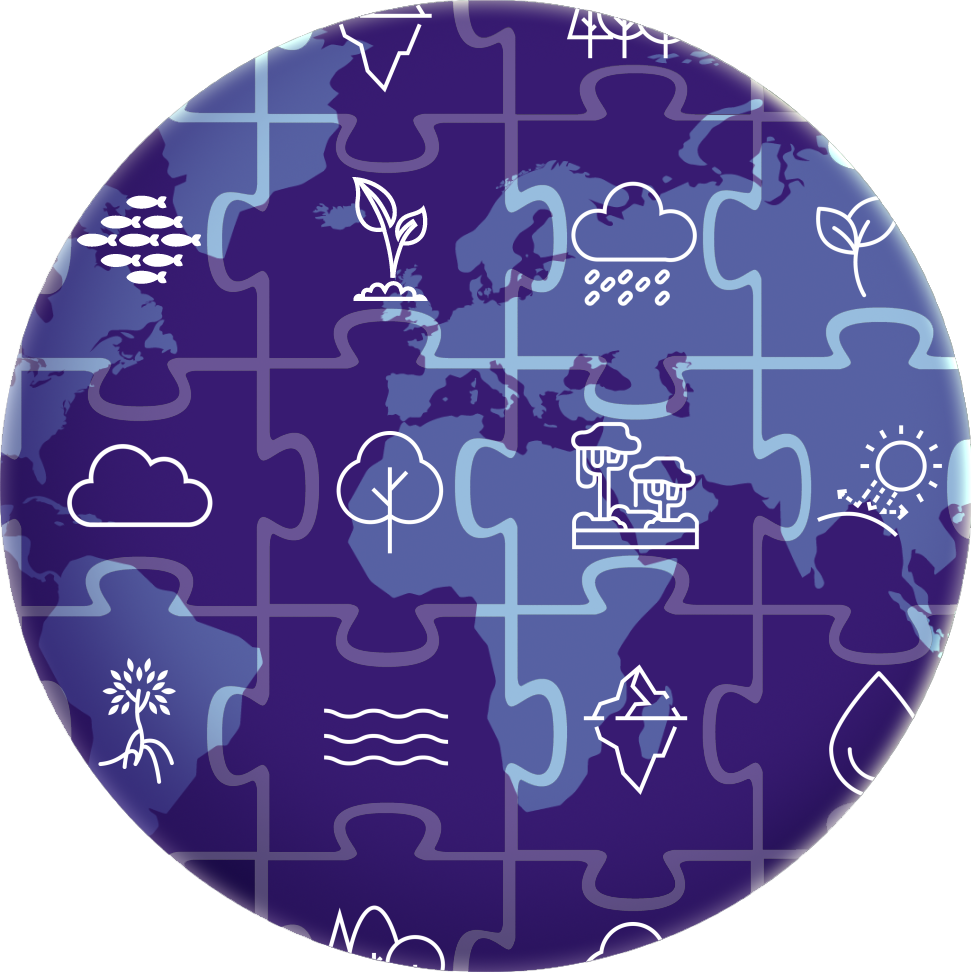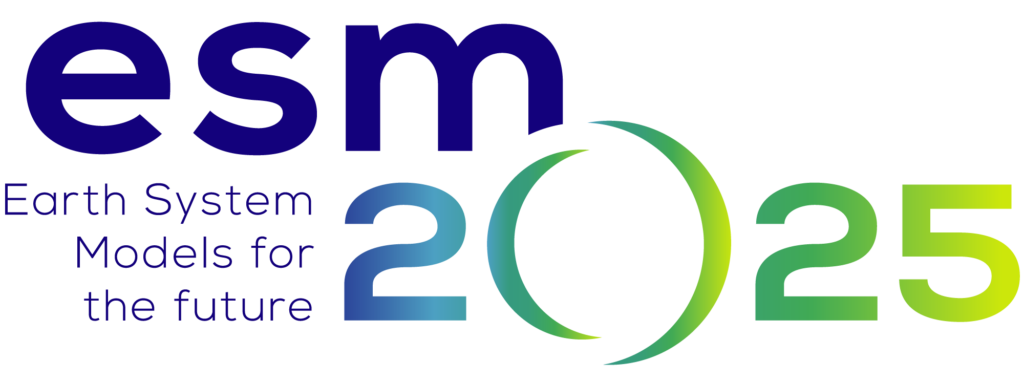Key messages

For the Scientific Community
The ESM2025 project aims to enhance our understanding of the Earth system and its response to human activities related to climate change. To achieve this goal, the following objectives have been developed:

1.
Development five new generation European Earth System Models (ESMs), an Integrated Assessment Model (IAM) with an improved representation of Earth system variability, an open-source reduced complexity Earth system model, and an improved set of diagnostics through ESMValTool, specifically designed to address key policy questions related to climate change mitigation and adaptation.
2.
Improvement of key physical, biogeochemical, biophysical, and aerosol processes to increase the realism of atmosphere, land, ocean and cryosphere modelling within ESMs.
3.
Enhancement of the coupling between existing and new ESM components for carbon, methane, reactive nitrogen, nitrous oxide, and ice sheets, to capture the full range of climate-relevant interactions across the Earth system.
4.
Development of emission-driven ESMs for key greenhouse gases (CO2, CH4, and N2O).
5.
Reduction of process uncertainty through the optimal calibration of ESM components, incorporating computationally efficient model configurations and novel machine learning approaches that assimilate observations.
6.
Development of a new interdisciplinary framework that unifies the representation of climate and land-use change interactions across ESMs and IAMs.
7.
Provision of open access publications and open data to support open research.
ESM2025 science should also serve society. To achieve this goal, ESM2025 promotes strong stakeholder engagement with research throughout the project, developing specific activities, resources and communication targeting policymakers, the education sector and the general public.
PROJECT STRUCTURE
The structure of the project has been designed logically, from fundamental research (component development, process parameterisation, couplings) to interactions with the integrated assessment modeling community, and to outreach and knowledge exchange. Project activities are divided into 4 main work areas (Core Themes – CTs) ranging from scientific activities (CT1, CT2, CT3) to knowledge exchange and outreach (CT4).

